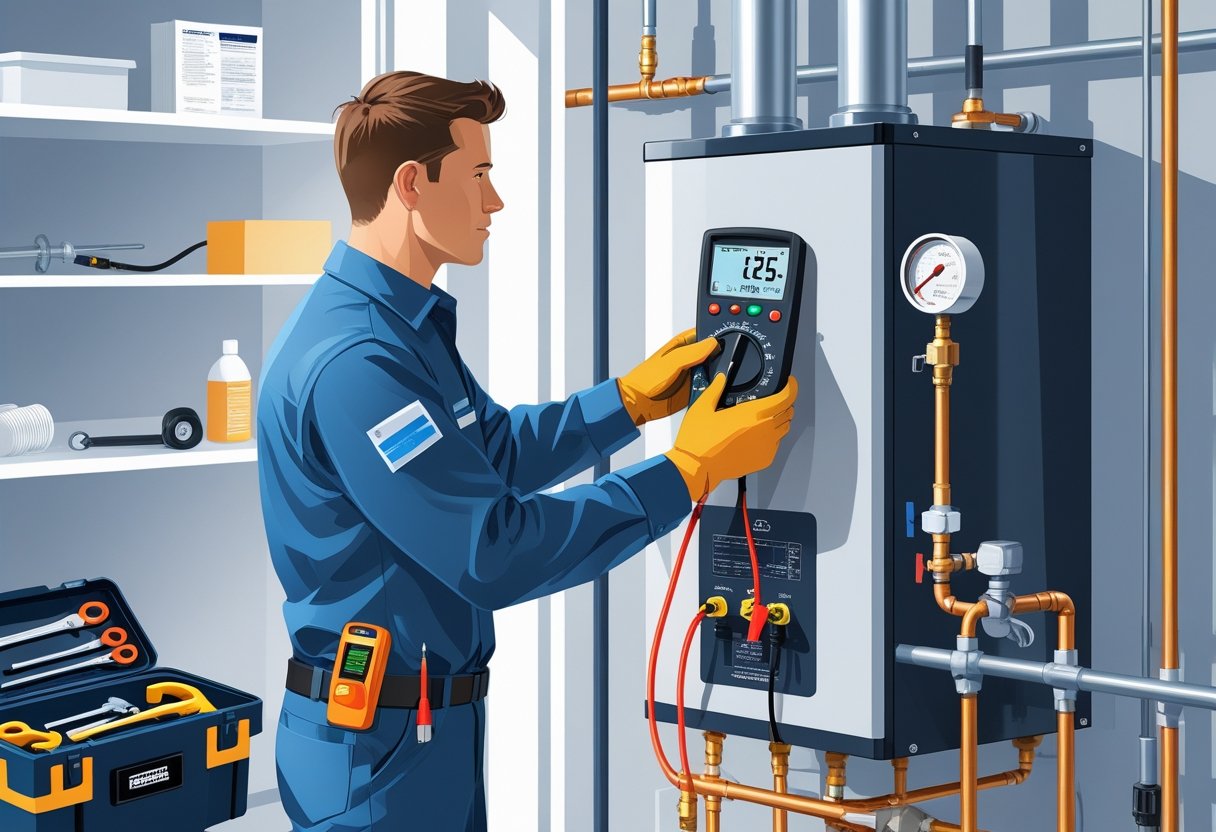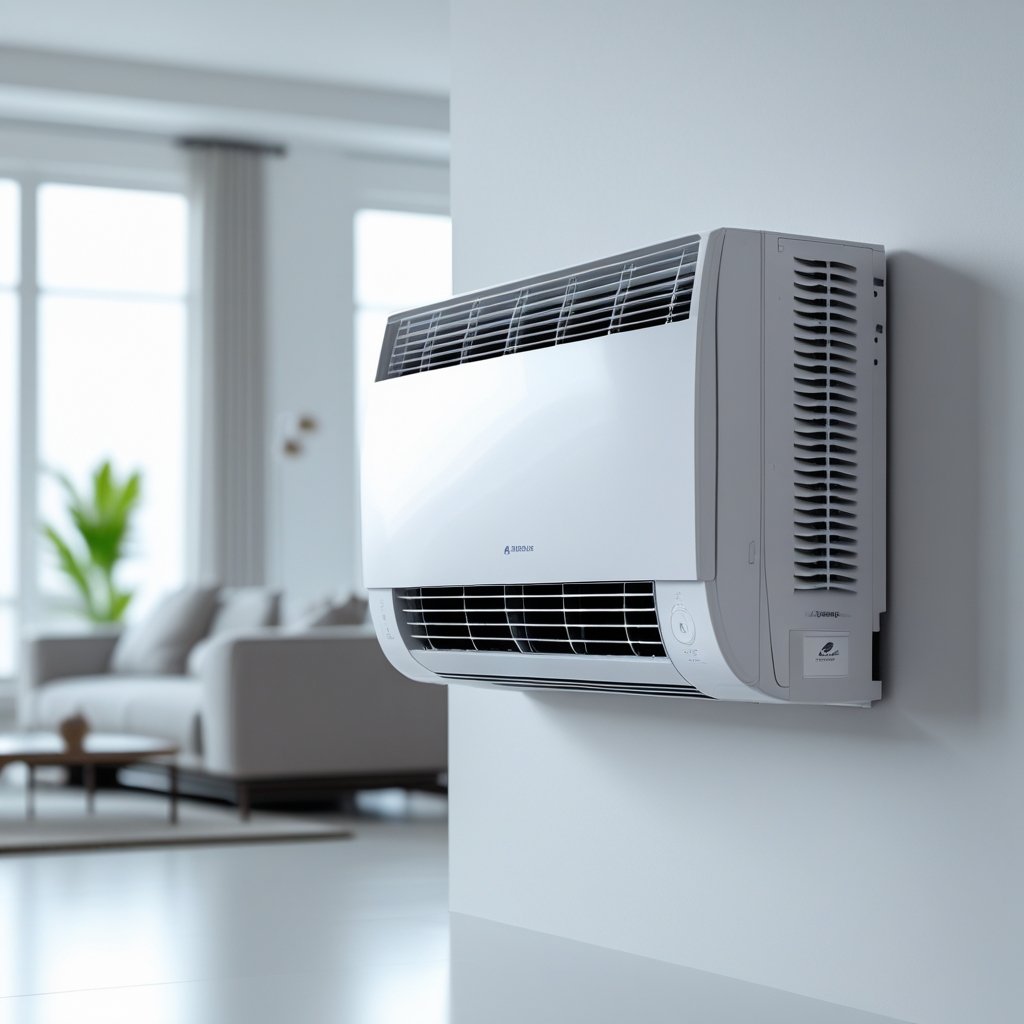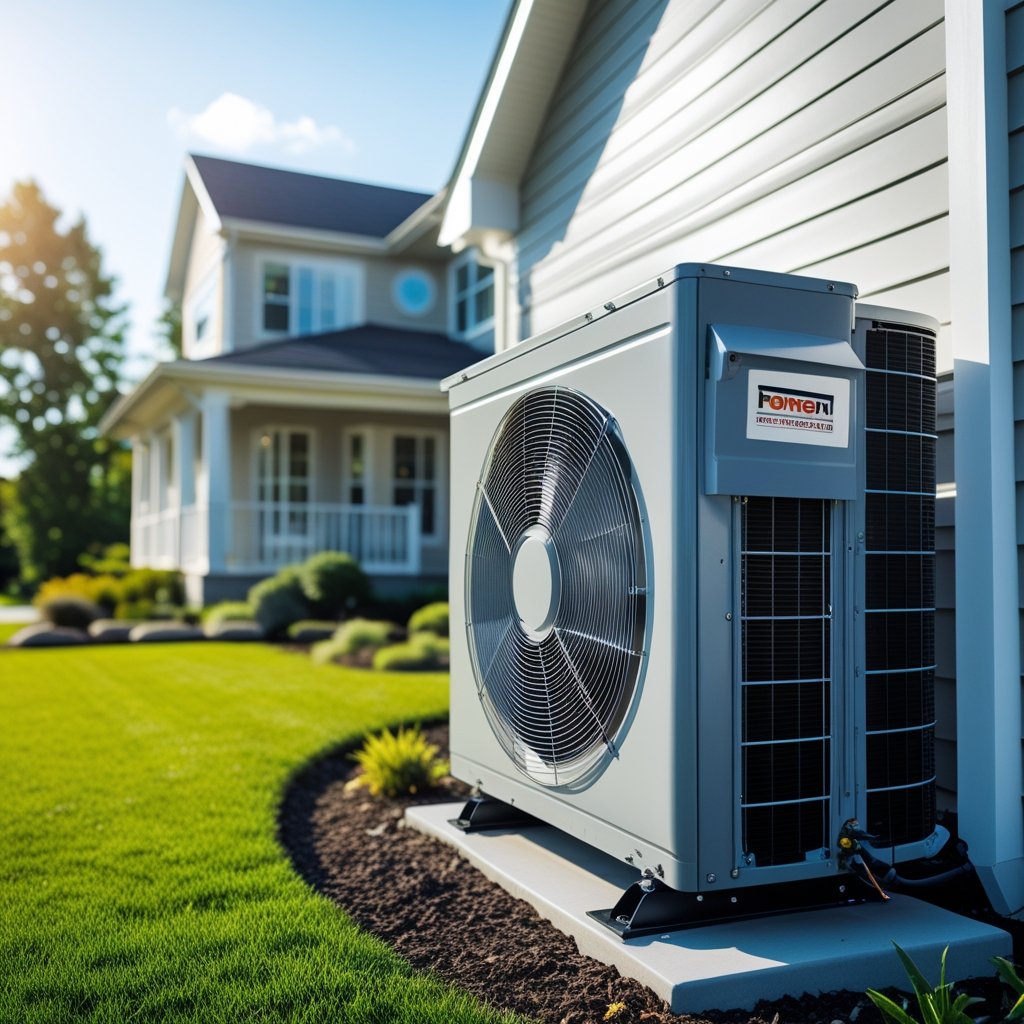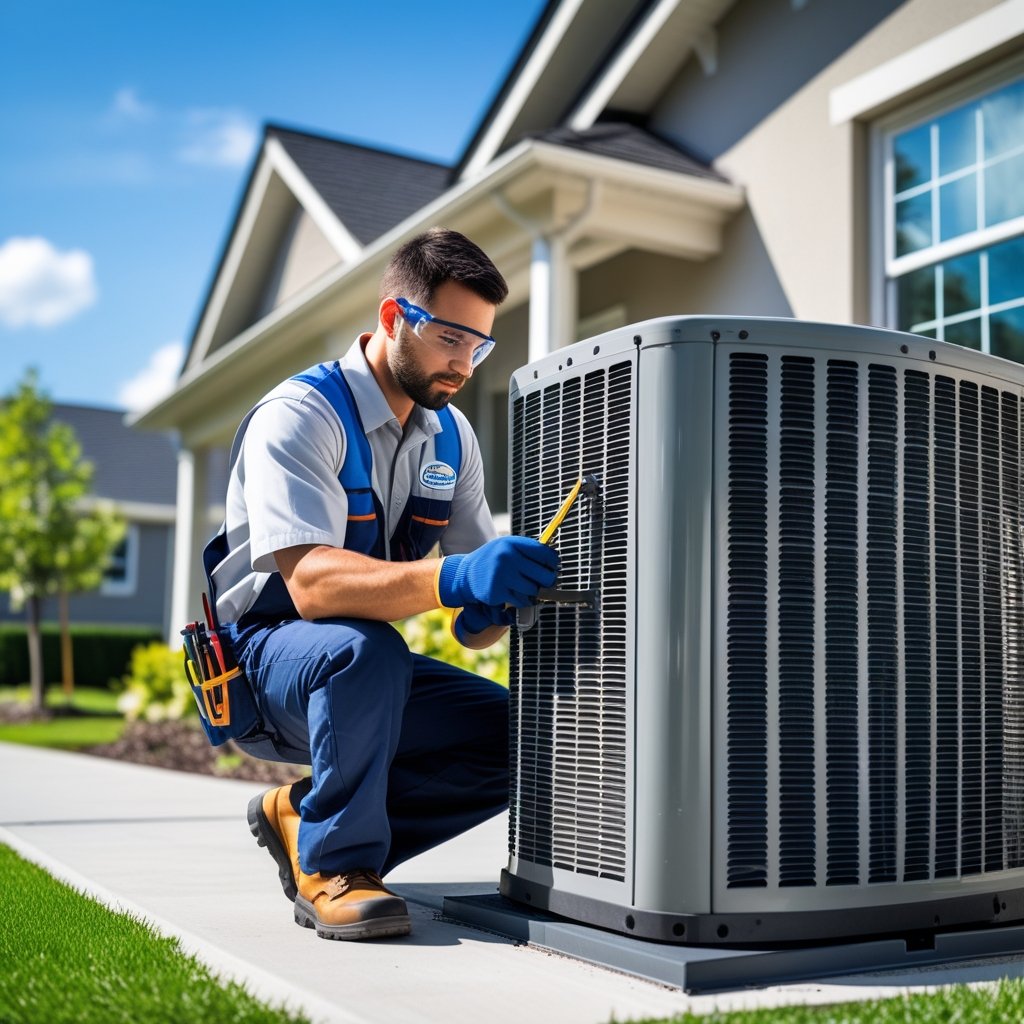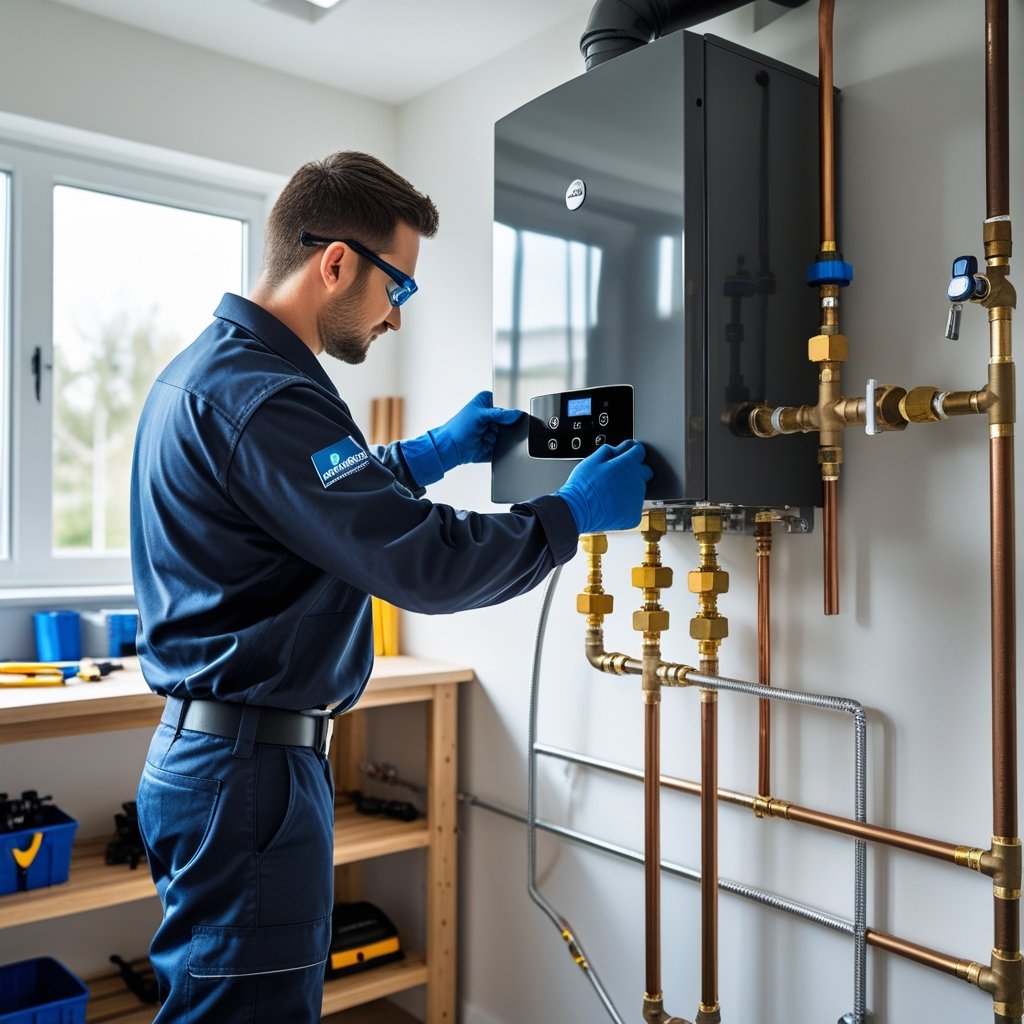Dealing with a malfunctioning hot water heater can be frustrating, especially when you depend on it for everyday tasks like showering and cleaning. Understanding the common issues and knowing how to troubleshoot them can save you time and money while avoiding unnecessary stress. With a bit of guidance, most homeowners can tackle simple repairs without professional help.
At Leo Kob Co., we emphasize the importance of proper maintenance and timely repairs for your water heating system. Familiarizing yourself with potential problems such as running out of hot water quickly or inconsistent temperatures can empower you to take action when issues arise. Knowing these troubleshooting tips can extend the life of your unit and maintain efficiency.
If you encounter problems that seem beyond your ability to rectify, don’t hesitate to seek assistance from experts like Leo Kob Co. Our skilled technicians are prepared to help ensure your hot water heater operates smoothly and reliably.
Understanding Your Hot Water Heater
To troubleshoot effectively, it's essential to understand how your hot water heater operates. This knowledge empowers you to identify specific issues and ensures a steady hot water supply for your home.
Types of Water Heaters
There are several types of water heaters available, and knowing the differences can help you make informed decisions. The most common types include:
- Gas Water Heaters: These models use natural gas or propane and typically heat water faster than electric models. They are often more cost-effective for larger households.
- Electric Water Heaters: These units run on electricity and can be easier to install. They tend to have lower upfront costs but may result in higher utility bills.
- Tankless Water Heaters: Also known as on-demand heaters, these provide hot water only when needed, which can save energy. They usually require a higher initial investment but are compact and efficient.
Key Components and Their Functions
Understanding the key components of your water heater can aid in diagnosing problems. Here are essential parts to be aware of:
- Heating Elements: In electric models, these elements are responsible for heating the water. A malfunctioning element often leads to insufficient hot water.
- Thermostat: This component regulates the temperature of the water. If it's set incorrectly or fails, it can result in water that's either too hot or not hot enough.
- Tank: For traditional models, the tank stores hot water until it's needed. Its capacity determines how much hot water is available. Tankless models do not have storage, which allows for unlimited hot water.
How Hot Water Is Delivered
Hot water delivery systems vary by design but generally follow a similar path. Once water is heated, it travels through pipes to your faucets and appliances.
- Pipeline System: Hot water travels from the heater through insulated pipes. Insulation is crucial to maintain temperature during transit.
- Faucets & Fixtures: When you turn on a hot water faucet, the hot water enters the plumbing of your home, delivering it to the desired location.
- Usage Considerations: Be mindful of the capacity of your water heater, especially during peak demand. Scheduling high-usage tasks like laundry at staggered times can improve efficiency.
For assistance with your hot water issues, Leo Kob Co. offers reliable and skilled service to help maintain your plumbing systems.
Common Hot Water Heater Problems
Identifying issues with your hot water heater can significantly improve your daily routines. Understanding the common problems you may face can help you take timely action, ensuring consistent hot water for your household needs.
No Hot Water
If your hot water heater is not producing any hot water, start by checking the power supply for electric models or the pilot light for gas models. A tripped circuit breaker or blown fuse may cause the issue. For gas heaters, a faulty thermocouple could prevent the pilot light from staying lit. If these basic checks don’t resolve the problem, consider examining the heating elements or gas burner. These components might need professional inspection or replacement. Always consult a reliable service provider like Leo Kob Co. if basic troubleshooting fails.
Insufficient or Inconsistent Hot Water
Insufficient hot water can disrupt daily activities. This could be due to sediment buildup in the tank, which reduces heating efficiency. You may want to flush the tank periodically to remove sediment. Additionally, your heater might be too small for your household demands, or the thermostat settings may be too low. Inconsistent water temperature can often be linked to a failing heating element or issues with the power supply. Regular maintenance is key in avoiding these complications.
Water Is Too Hot
Experiencing water that's excessively hot presents safety concerns. Often, this issue arises from a malfunctioning thermostat, which can cause the water temperature to exceed safe levels. Check the thermostat settings; the ideal temperature is typically around 120°F. If adjustments do not help, the thermostat may need replacing. This issue can pose a risk of scalding, so if you're unsure, consult a professional. Leo Kob Co. can assist with safe adjustments and repairs.
Lukewarm Water Issues
If the water remains lukewarm despite your heating system being on, the issue may involve a failing heating element or a malfunctioning thermostat. Inspect the heating elements for signs of wear or damage. Sediment buildup can also interfere with heating efficiency, resulting in lukewarm water. Regular maintenance, including periodic flushing of the heater tank, can mitigate this issue. If problems persist, it’s wise to reach out for professional help to ensure your system operates efficiently and safely.
Troubleshooting Techniques and DIY Fixes
Troubleshooting your hot water heater involves a methodical approach to identify and fix common issues. You'll benefit from checking various components, such as the thermostat settings and heating elements. Knowing how to evaluate these parts can save time and money.
Checking the Thermostat and Reset Button
Start by verifying the thermostat settings. Ensure it's set to an appropriate temperature, typically around 120°F. If it's too low, hot water may not be adequately provided. If adjustments don’t yield results, locate the reset button. This button, often red, can usually be found on the upper thermostat. Press it to reset your system, which sometimes resolves heating issues. If the reset doesn’t work, it could indicate a malfunctioning thermostat, requiring replacement.
Inspecting Heating Elements and Circuit Breaker
Next, turn your attention to the heating elements and the circuit breaker. If the water temperature is inconsistent, check if the heating elements are functional. Use a multimeter to test for continuity; no continuity indicates a faulty element that needs replacing. Additionally, the circuit breaker for the water heater must be checked. If it has tripped, flip it back on. If it continues to trip, a more serious electrical issue may be at hand, requiring attention from a professional.
Examining the Pilot Light and Thermocouple
For gas water heaters, the pilot light and thermocouple are critical components. First, ensure the pilot light is lit; if not, you can relight it following your manufacturer's instructions. If the pilot light frequently goes out, the thermocouple might be defective. This small device detects the flame's presence. If it fails, it can prevent the gas valve from opening. Replacement of the thermocouple is necessary if this is the case.
For reliable services in South Central Pennsylvania, consider reaching out to Leo Kob Co. for professional assessments and repairs that ensure your hot water heater operates effectively.
Addressing Leaks, Noises, and Water Quality Issues
Handling leaks, strange noises, and water quality issues in your hot water heater is essential for ensuring the longevity and performance of your unit. Each problem can indicate underlying issues requiring immediate attention.
Leaking Water Heater and Water Leaks
If your water heater is leaking, inspect it thoroughly. Common sources include connections, the pressure relief valve, and the drain valve. A leak from the top might indicate faulty fittings or connections.
Steps to resolve leaks:
- Turn Off Power: For electric heaters, disconnect power to prevent electric shock.
- Inspect Connections: Tighten any loose fittings.
- Replace Faulty Valves: If the drain valve is leaking, consider a replacement.
In cases of significant leaks, it’s wise to consult professionals like Leo Kob Co. to prevent further damage to your property.
Strange Noises and Sediment Build-Up
Unusual noises like popping or rumbling can be signs of sediment build-up within the tank. This sediment often consists of mineral deposits that accumulate over time. When heated, these deposits can cause noise.
Regular maintenance, including flushing your water heater annually, can mitigate these issues:
- Flush Tank: Remove sediment using a garden hose.
- Check Heating Elements: Ensure they are functioning correctly to prevent overheating.
Ignoring these noises can lead to decreased efficiency and greater wear on your water heater, warranting timely intervention.
Discolored, Smelly, or Foul Odor Water
Discoloration in your hot water could signal rust from corroded elements or a build-up of minerals. If your water smells like rotten eggs, it may be due to hydrogen sulfide gas, often produced by bacteria in the tank.
To address water quality issues:
- Flush the Tank: This can help remove sediment and bacteria.
- Install a Water Filter: For ongoing issues with smell or discoloration, a filter may be beneficial.
For persistent problems, don’t hesitate to contact Leo Kob Co. to evaluate your water treatment options and ensure your home’s water remains safe and clean.
Essential Maintenance and Prevention Tips
Taking proactive steps in maintaining your water heater can enhance its performance and longevity. Regular upkeep helps avoid common issues and costly repairs.
Routine Water Heater Maintenance
Routine maintenance is crucial for your water heater's efficiency. Start by checking the temperature setting; keeping it around 120°F can help prevent scalding and save energy. Inspect the area around the heater for leaks and ensure proper ventilation, especially for gas-powered models.
Additionally, test the pressure relief valve. This valve helps prevent excess pressure build-up in the tank. To test, lift the lever briefly; water should flow out, indicating the valve works properly. If it doesn’t, consider replacing it. For your peace of mind, contact Leo Kob Co. for reliable maintenance services.
Flushing the Tank and Removing Sediment
Sediment accumulation in the tank can lead to reduced efficiency and premature failure. Flushing the tank at least once a year helps remove this buildup. To flush, turn off the power and water supply, letting the water cool. Connect a hose to the drain valve, directing it outside or to a drain.
Open the valve and let the water flow until clear. Refill the tank, then check for leaks. This process not only helps maintain efficient heating but also extends the lifespan of the water heater. Regular flushing will protect against tank corrosion.
Checking Anode Rods and Preventing Corrosion
Anode rods are critical in preventing tank corrosion. These rods attract corrosive elements in the water, prolonging the life of the tank. Inspect the anode rod every few years; if it’s severely corroded (less than ¼ inch), it’s time for replacement.
To check, turn off the heater and drain a few gallons of water to relieve pressure. Remove the anode rod using a socket wrench and visually inspect it. Preventive maintenance here is key. If unsure, Leo Kob Co. can assist in checking and replacing anode rods to ensure optimal performance.
Safety Precautions and When To Call a Professional
When dealing with hot water heaters, taking safety precautions is essential to prevent accidents and costly damage. It is crucial to recognize when a problem exceeds your abilities and requires the expertise of a professional.
Identifying Serious Gas or Water Leaks
If you detect the smell of gas or find puddles of water near your heater, immediate action is necessary.
Gas Leak Signs:
- Hissing or whistling sounds near the unit.
- A strong odor resembling rotten eggs.
Water Leak Signs:
- Visible water pooling around the heater.
- Increased water bills without explanation.
In any case of suspected gas leakage, shut off the gas supply and ventilate the area. For water leaks, check the temperature and pressure relief valve as it could be faulty. Call a professional like Leo Kob Co. if you cannot determine the source of the leak or if it persists.
Recognizing Unsafe Conditions
Certain situations warrant immediate professional intervention to prevent accidents. If your water heater is making unusual noises, like popping or rumbling, it may indicate sediment buildup, which can lead to overheating.
Inspect the following:
- Temperature Settings: Ensure the thermostat is set to a safe level (120°F).
- Pressure Relief Valve: This valve should release excess pressure; any malfunction needs professional attention.
- Mixing Valve Condition: This valve mixes hot and cold water; a malfunction can lead to scalding temperatures.
If conditions are unsafe or you're unsure how to proceed, reach out to a professional to assess and remedy the situation.
Choosing Professional Water Heater Repair
Sometimes, it's best to call in an expert. If the troubleshooting steps exceed your comfort level or if your heater shows signs of extensive damage, like rust or age-related wear, don't hesitate to get help.
When to call a professional:
- Frequent malfunction requiring multiple repairs.
- Irregular temperature fluctuations that can't be adjusted.
- Presence of corrosion or visible damage in any parts.
Leo Kob Co. offers trustworthy assessments and repair services to ensure your peace of mind. Regular maintenance can prevent unexpected failures and prolong the lifespan of your unit. Always prioritize safety and don’t hesitate to ask for professional help when needed.
Frequently Asked Questions
Understanding your hot water heater can help you address common issues effectively. The following questions cover symptoms, troubleshooting steps, and maintenance tips to ensure your hot water heater operates efficiently.
What are the common symptoms indicating a problem with a hot water heater?
If your hot water heater is not heating water properly, you might notice cold water during showers. Other signs include fluctuating water temperatures, strange noises from the unit, or water pooling around the heater. Recognizing these symptoms early can help prevent further damage or complete failure.
How can you troubleshoot a gas hot water heater that is not functioning properly?
First, check the pilot light. If it’s out, follow the manufacturer's instructions to relight it. Ensure that the gas supply is turned on. If the pilot light stays lit, the thermocouple may need replacement or there could be an issue with the gas valve.
What steps should be taken when there is no hot water coming from the water heater?
Begin by checking your circuit breaker if you have an electric unit, or inspect the pilot light for a gas model. If these are fine, test the thermostat settings. You may also want to examine the heating elements or check for sediment buildup in tank heaters.
What are the recommended methods for repairing a leaking hot water heater?
For a small leak, tightening loose connections might help. If there's a leak from the tank, consider using a sealant temporarily but replacement might be necessary. It's crucial to turn off the power and water supply before attempting any repairs. Consult a professional for persistent leaks.
Why might an electric water heater stop working and what troubleshooting procedures can be followed?
Common issues include tripped breakers, faulty heating elements, or thermostat malfunctions. Start by checking the power supply. Inspect the heating elements for wear. If these components are functional, you may need to replace the thermostat or examine the wiring.
What is the troubleshooting guide for A.O. Smith water heaters?
A.O. Smith models often feature built-in diagnostic lights. If these indicators show a fault, consult the user manual for specific error codes. Common issues include temperature adjustments and element replacements. For complex problems, it's advisable to reach out to a qualified technician from Leo Kob Co. for skilled assistance.

